Grey’s Anatomy: 15 Heaviest Topics the Series Tackled
Some TV series shy away from heavy topics such as racism, abuse, and mental illness. Grey’s Anatomy finds a way to work in those conversations.
On the surface, it is easy to categorize Grey’s Anatomy with other medical drama television series. It focuses on the professional and personal lives of doctors, and expected scandals take place given that a lot of attractive people work under the same roof. All of that is standard within this genre. What Grey’s Anatomy does differently than other hospital dramas is that it does not shy away from heavy topics. Rather than skirting around harsh truths and difficult conversations that real people deal with every single day, this series welcomes the conflict and plot points.
19 seasons ago, when Shonda Rhimes first started creating the show, she knew she wanted to address certain issues such as Alzheimer’s disease and alcoholism. What she may not have known nearly 20 years ago is that her creation would become a focal point for heavy topics. Fans are able to watch and rewatch the series and not only identify with characters, but they also sympathize and relate to major and minor events. Here are 15 of the heaviest topics that Grey’s Anatomy was not afraid to address and tackle.
15.Alzheimer’s
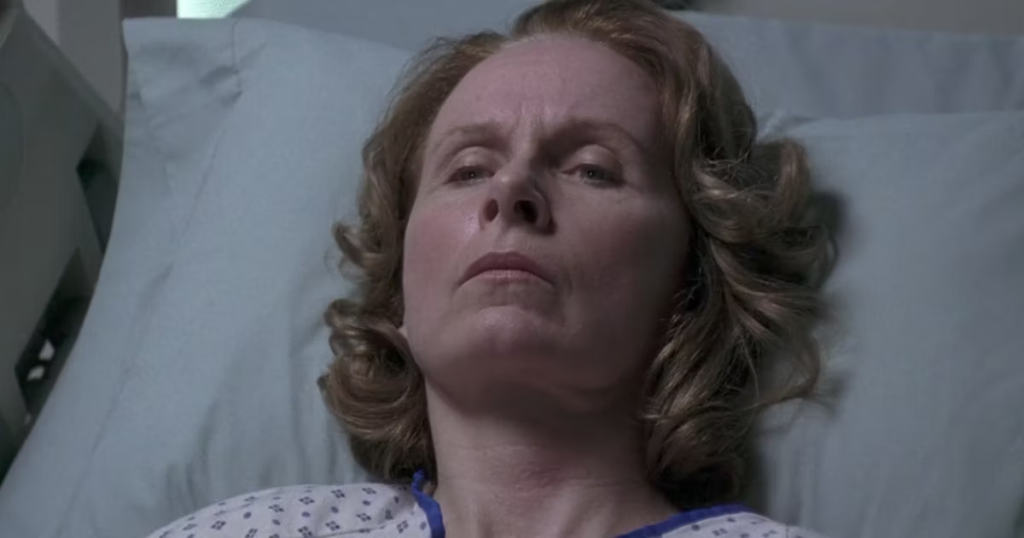
The show starts off strong with Meredith Grey hiding the fact that her award-winning mother is in a nursing home due to having early-onset Alzheimer’s. Meredith is not only burdened with trying to live up to her mother’s expectations, but she is torn with keeping her whereabouts a secret.
Grey’s Anatomy further dives into this topic as others learn about Ellis Grey’s condition. Derek even begins a clinical trial with Ellis in mind in an attempt to cure the disease. During the trial, the Chief of Surgery’s wife is discovered to be in the early stages of having Alzheimer’s as well. While disease and illness are the obvious focus points in a medical drama, making the main characters personally deal with someone who has a lifelong disease or illness gives light to how difficult it is for loved ones to handle their own reality.
14.Addiction
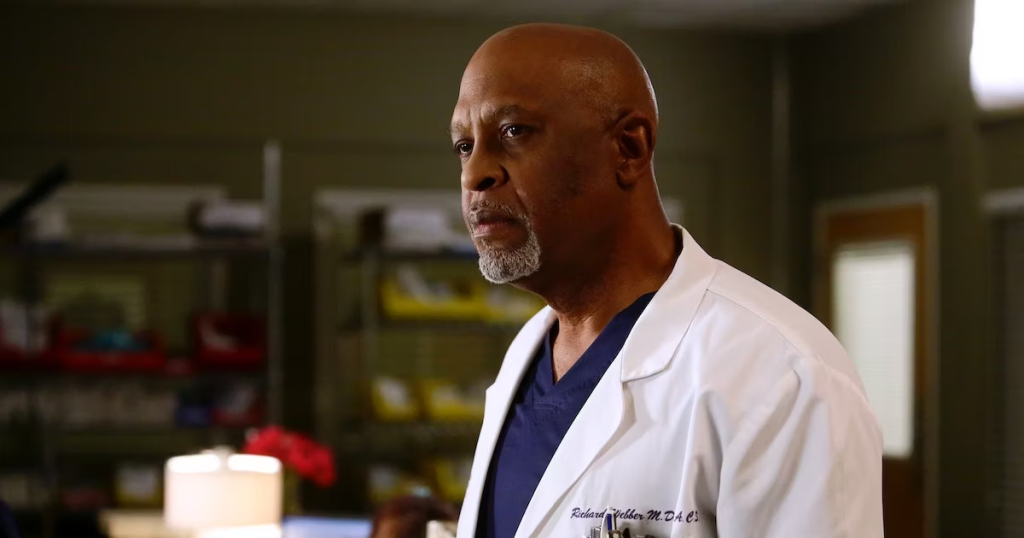
Addiction comes in a variety of forms in Grey’s Anatomy. Richard is the first character to address his own sobriety, but he eventually relapses and begins drinking again after some difficult events. While Richard has a reliable support system to help him through his addiction, Meredith’s own father is shown to struggle with alcoholism after the passing of his second wife. Meredith’s half-sister seems to be the only one taking care of him, and the struggle is brutally apparent.
Later on in the series, Meredith’s sister-in-law, Amelia, comes to stay in Seattle. At first, she tries to hide her past drug addiction due to her colleagues not respecting or trust her. However, as the series goes on, Amelia’s former addiction becomes a main subject as she tries to help a struggling teen mom overcome her own addiction.
13.Sexism

Though Grey’s Anatomy is eventually dominated by a powerful women-led cast, the sexism that goes on in the medical field is brought to attention. From Alex calling Meredith a nurse in the pilot episode to Derek’s death being at the hands of a doctor who did not trust the opinions of a woman resident, sexism is not a topic dealt with lightly in this series.
When Bailey goes to a hospital (not Grey Sloan Memorial Hospital) with the belief that she is experiencing a heart attack, she is met with different male doctors who disregard her concerns. They run tests, but everything comes out normal. Being the strong-willed woman that she is, Bailey lectures that the symptoms men experience are different when having a heart attack. After hours of pain, it turns out Bailey was correct in her self-diagnosis.
12.Gun Violence

While there are several GSW patients throughout the series, Rhimes chose to draw attention to gun violence in a very direct way. Gary Clark, a hurt and angry widower, chose to take action after his wife passed. Instead of naturally grieving, he chose to exact revenge on Derek Shepherd for “killing his wife.”
His plan was methodical, but the execution between entering the front doors of the hospital and committing suicide left a lot of casualties on his hands. The bloodshed and emotions run high in this two-part event, and the PTSD that lingers for several of the main characters gives a good reflection about how people process trauma.
11.Abortion
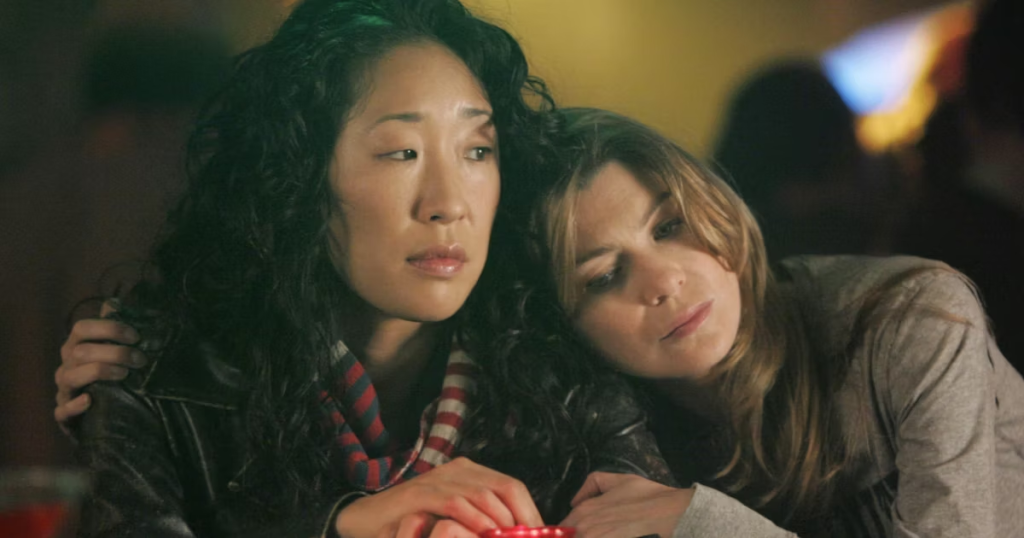
Cristina (Sandra Oh) is an interesting character from the start. She loves medicine more than anything, she’s blunt, and she does not possess a warm and nurturing demeanor. Needless to say, when she got pregnant in the first season, an abortion did not seem out of the blue. In an interview with HuffPost, Rhimes openly talked about how she wanted abortion to play a role in her series. Being that she was still new to the entertainment industry, she chose to write in an ectopic pregnancy for Cristina rather than go through with the initial abortion.
Years later, when Cristina gets pregnant again with Owen’s baby, she does go through with an abortion. Rhimes felt it was important to highlight women’s rights to their own bodies, and her portrayal of how other characters take Cristina’s decision is spot-on. There is acceptance, doubt, and feelings of betrayal. Hard conversations are had, and lingering resentment later unfolds.
10.Immigration

By the second episode of Grey’s Anatomy Season 1, immigration was already a topic. Izzie Stevens was trying to help a patient, Ms. Lu, in the pit despite the language barrier between the two. After many attempts, Ms. Lu leads her outside to help her daughter. The daughter is able to explain that she will not go into the hospital because she is illegally in American, and she is afraid of being sent away.
Though Izzie tries to reassure her and her mother that nothing bad would not happen, she finds it better to treat the girl outside the hospital. Later in the series, a new intern, Sam Bello, appears at Grey Sloan Memorial Hospital. After a traffic violation, an ICE agent appears at the hospital to arrest and send her back to El Salvador. Believing that Bello is better than her minor mistake, Meredith manages to help Bello escape deportation and move to Switzerland.
9.Coming Out

Relationships of all kinds — differing races, religions, cultures, sexual orientation, etc. — exist in Grey’s Anatomy, but the experience of discovering one’s changed sexual orientation and later telling others about it is remarkably done in the show. Callie Torres, an iconic queer TV character, was the first character to realize she was not as straight as she once thought.
When she came out, she faced some initial backlash from her parents, her friends were very accepting, and her future wife called her a “baby.” Later in the series, Callie helps Erica Hahn discover herself as a lesbian. Coming out is not always an easy thing to do especially when considering the possibility that people will cut ties over the matter. However, this show tackles the differing responses characters have after announcing their sexual orientation.
8.Racial Profiling
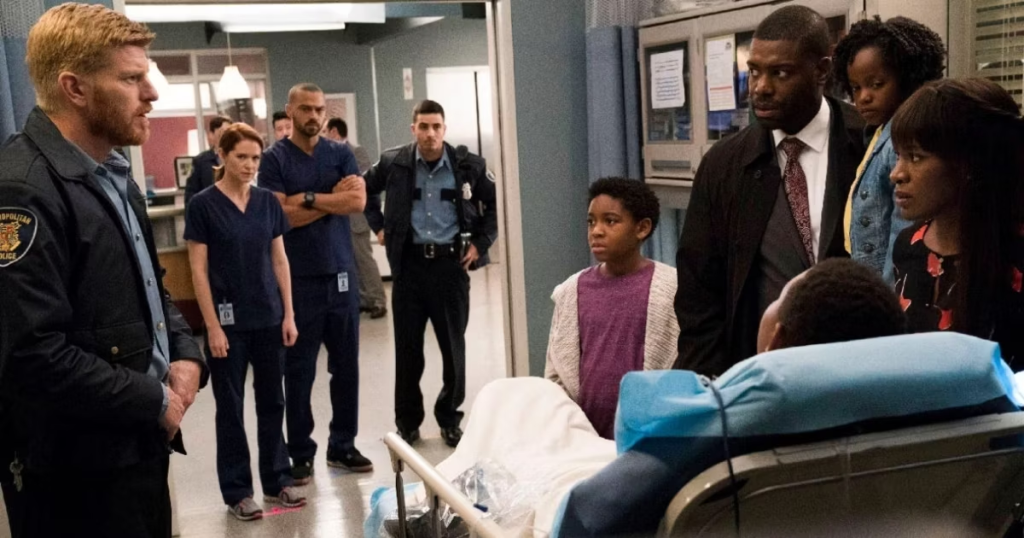
Racial profiling is not hard to depict in a series, but creating those hard conversations when conflicting viewpoints are involved is rather intricate. In Grey’s Anatomy Season 14, a young African American boy shows up in the ER with police right behind him. Believing he was breaking into a house, an officer shot the boy. When his family later showed up and said he was climbing through the window of their own house, tension immediately rose. Jackson Avery is rightfully livid, and he goes as far to lecture the police officers on needing better training.
This subject is later brought up in Season 17, when characters are dealing with the effects of Black Lives Matter demonstration. Several conversations are had between main characters about how they have been wrongfully treated and accused of things simply due to the color of their skin.
7.Domestic Abuse

Jo Wilson grew to be a very strong character, so when she revealed that she had come from a horrible marriage with an abusive partner, Grey’s Anatomy fans were shocked. Her harsh past was enough to toughen her up for what goes on in the world, but adding in that her husband beat her regularly was a tough pill to swallow.
When her husband (they never officially divorced) showed up to her hospital to file for divorce with the plan of marrying his newest fiancé, Jo was hesitant to sign the papers. She knew that he had not changed, and he would beat his new wife just like he did to her in the past. No detail is left to the imagination with this topic. Jo talks about black eyes, broken bones, and the threats he made to keep her in her place.
6.Mental Illness
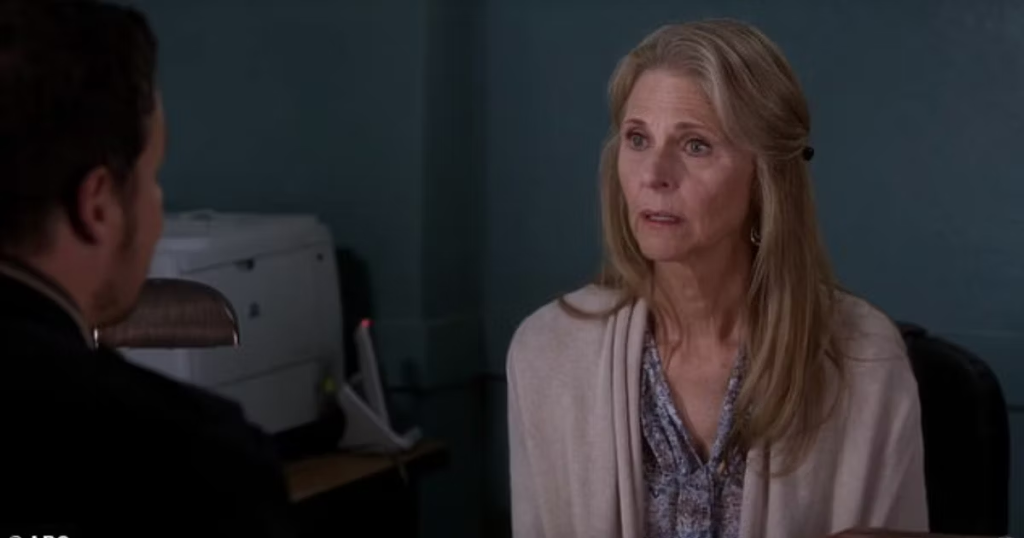
Physical illness is a given in a medical drama, but Grey’s Anatomy takes the topic of “illness” much further as several characters directly and indirectly deal with mental illness. To start off the series, Alex Karev opens up about what it was like to grow up with a mom who suffered from schizophrenia. He talks about having to step up as the only adult in the house and how it took a toll on his life. Years after Alex becomes an established doctor, he learns that his mother is back on her medication and is learning to successfully live with the illness.
Andrew Deluca and Miranda Bailey, on the other hand, directly suffer from their own mental disorders. Deluca’s manic episodes and outbursts lead to a bipolar diagnosis just like his father, and Bailey’s obsessive-compulsive disorder presented itself after she unknowingly infected patients with staph. Both characters had support systems by their sides, but the stress and issues that came with the mental illnesses was very much present.
5.Treatment of POC in Hospitals
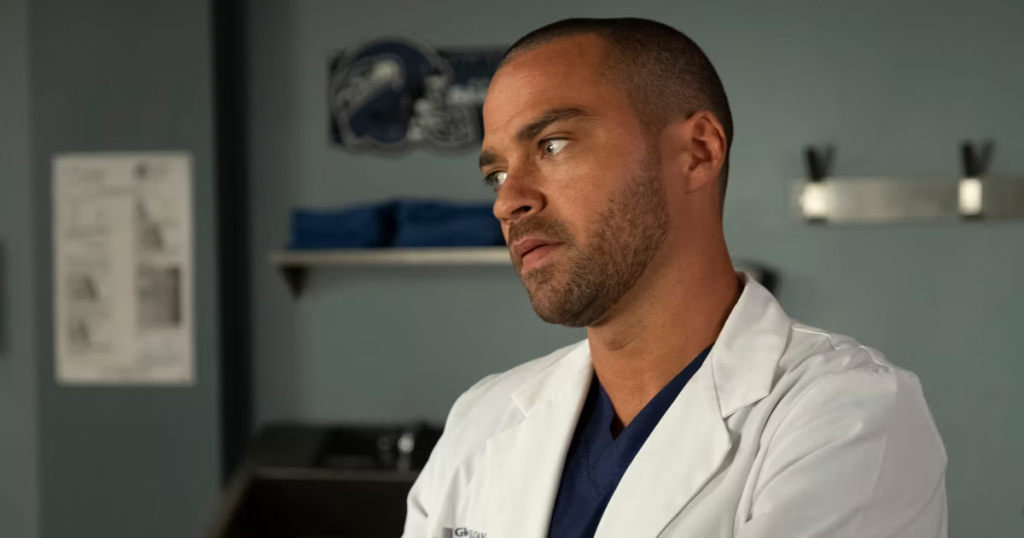
Though Bailey touches on the topic when she has a heart attack, the conversation explodes into action with Jackson questioning his role as an African American man in a privileged situation. Following the events of George Floyd’s death and the Black Lives Matter demonstrations, Jackson finds himself questioning the quality of care people of color receive in hospitals. He has watched a number of Black and Hispanic men and women die from COVID-19 complications, and he cannot help but think there is more he can do to solve the problem than working the in a treatment tent.
With hope that he will be able to equalize quality care for all patients, he packs up and goes to Boston to head the Catherine Fox Foundation. Jackson’s character addresses one of the most underrated problems in the real medical field, and his actions got people thinking about how opportunities and care are far from equal for people of color.
4.Abandonment

Jo opened up to a couple different people about being abandoned at a fire station as a newborn. When she started dated Alex, she was very honest with him about having abandonment issues. Given that she had been through so much, fans were rooting for her to finally find stability and settle down with a guy who loved her for being herself. That dream came true for a short period of time until Alex abandoned her through a letter.
Alex may have done right by his kids, but fans were enraged with how he simply left Jo without proper closure. It is easy to create a rags-to-riches story with a character who was abandoned at a young age, but to have that character go through the raw emotions of being left as an adult is difficult.
3.Black Lives Matter Movement

When real events become the talk of the country, a good writer knows just how to incorporate such topics into their work. For several months, people all across America were marching and protesting against police brutality, racial profiling, and social injustice experienced by African Americans. During that time, the writers of Grey’s Anatomy were taking notes. The Black Lives Matter movement was incorporated into the show by having main characters march on the streets as well as patients coming in from being injured during peaceful demonstrations.
Richard Webber and Cormac Hayes both talk about what an honor it is to take part in the streets with others protesting for change. While conversations are had among characters with differing viewpoints, the show creates a safe place for opinions to be heard and addressed.
2.Sexual Assault
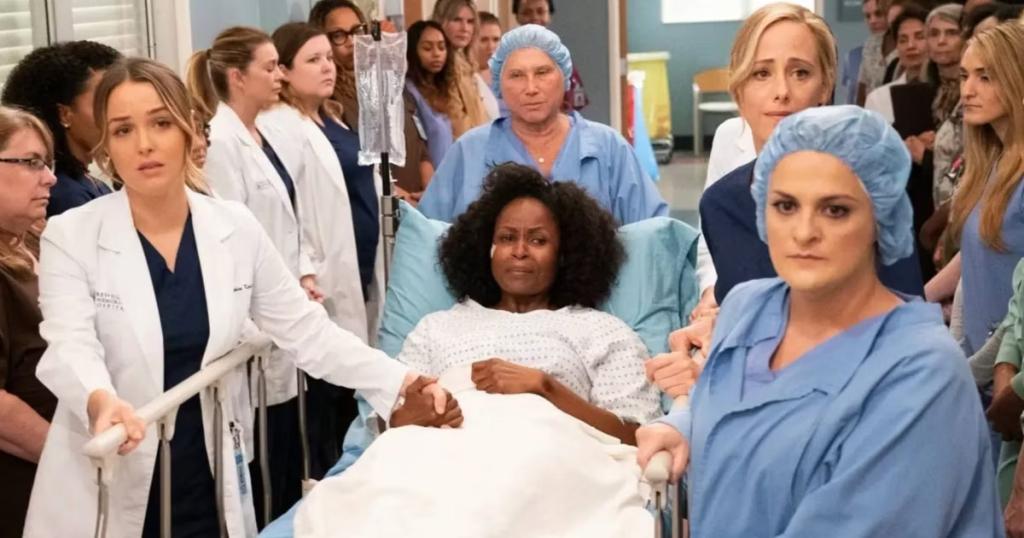
Rhimes was not afraid to address this heavy topic right off the bat. In the second episode of Grey’s Anatomy Season 1, an unconscious woman arrives to the hospital with her attacker’s penis in tow. Several conversations are had about the attack, and the looks of concern, anger, and fear can be felt through the screen.
Nearly 15 years later, Grey’s Anatomy aired an episode that furthered the topic. “Silent All These Years” is one of the series’ most powerful episodes because it addresses the reality of what a survivor goes through after they are sexually assaulted. From breaking down the steps of the rape kit to lining the hall with women so that the patient does not have to see a man, the details that went into this one episode drew on the raw emotions of fans.
1.COVID-19 Pandemic
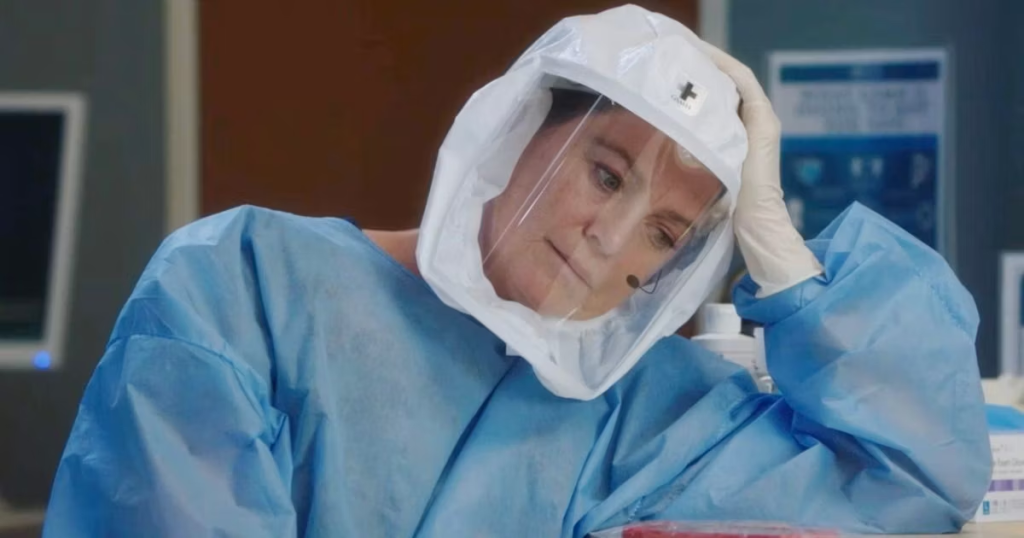
When a global pandemic takes place in the real world, it only makes sense to include it in a modern day medical drama. The doctors at Grey Sloan Memorial Hospital show what it was like to deal with the frustration of medical supply and staff shortages. They set up COVID-19 testing tents outside the hospital and limited the amount of people permitted through the doors.
Several lead characters, Meredith included, contracted the disease, and their storylines addressed what it was like to be isolated from their own families. Rather than love stories and scandal, themes of loneliness, heartache, and death without closure takeover the 17th season of Grey’s Anatomy. It was important to the creators that fans saw the realities of the pandemic from a medical perspective.
